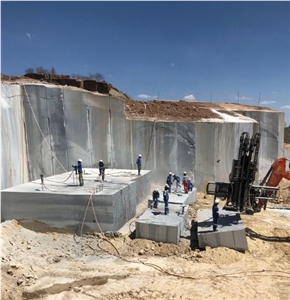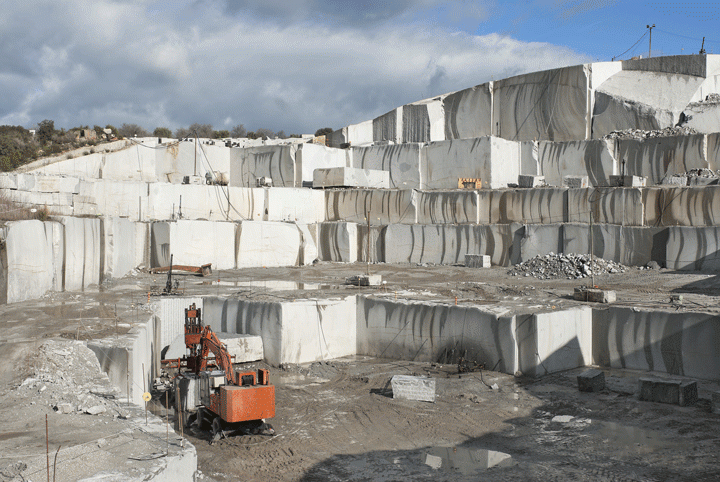Discovering Granite Quarries in South Africa: A Comprehensive Guide
Discovering Granite Quarries in South Africa: A Comprehensive Guide
Blog Article
Discovering the Rich History and Lasting Practices of Granite Quarrying
As we base on the precipice of uncovering the intricate tapestry of granite quarrying, a journey through time exposes not simply the physical act of extracting rock but additionally the cultural and historical value woven into the really fabric of this practice. From the ancient beginnings that laid the foundation for modern-day quarrying techniques to the lasting methods that are shaping the future of this sector, each sculpt mark on granite surfaces narrates waiting to be discovered (granite quarries in south africa). The tradition of granite quarrying extends far past simple removal; it is a testament to human resourcefulness, strength, and the enduring allure of this impressive rock
Ancient Origins of Granite Quarrying
Going back to ancient human beings, the technique of quarrying granite has been an indispensable part of human history and building improvement. The earliest proof of granite quarrying dates back to old Egypt, where huge pyramids and intricate sculptures were crafted from this long lasting rock. The Egyptians utilized primitive tools to extract granite blocks from quarries, showcasing the value of this material in their monumental building and constructions.
Relocating onward in background, the Greeks also made substantial payments to the quarrying of granite. The Greeks utilized granite in various building marvels, such as temples and statues, showing their skill in shaping and carving this sturdy rock. The Romans additionally fine-tuned the techniques of quarrying granite, utilizing innovative devices like knives and hammers to remove and form granite for their legendary frameworks.
Through the centuries, the method of quarrying granite has progressed, with modern innovations boosting efficiency while keeping the timeless appeal of this all-natural rock - granite quarries in south africa. From old worlds to contemporary home builders, the legacy of granite quarrying continues to shape our world
Advancement of Quarrying Strategies
The development of quarrying methods has been noted by a continuous development towards better performance and precision in drawing out granite. From the basic methods employed by our ancestors to the innovative technologies made use of in contemporary quarrying procedures, the sector has actually gone through significant innovations. Early quarrying methods involved hand-operated labor with fundamental devices such as chisels, hammers, and wedges to remove granite blocks from the planet. As people proceeded, methods like fire-setting and primitive nitroglycerins were introduced to facilitate the extraction procedure.
In more current times, the advent of machinery transformed the quarrying market, making it possible for quicker extraction rates and boosted performance. Technologies such as diamond cord saws, high-pressure water jets, and pneumatic drills have ended up being standard in modern quarries, enabling for specific cutting and reduced waste. Developments in computer-controlled tools and 3D modeling have maximized quarrying operations, leading to minimal environmental effect and boosted sustainability practices. As the need for granite remains to climb, the his response development of quarrying strategies remains important to conference industry needs successfully and sustainably.
Social Relevance of Granite
Granite holds an extensive social relevance throughout different human beings due to its enduring visibility in architectural masterpieces and respected monoliths. From the impressive pyramids of Egypt to the complex carvings of the Angkor Wat holy place in Cambodia, granite has been a material of selection for revealing magnificence and long life in social heritage. In ancient Rome, granite columns decorated holy places and public structures, representing strength and permanence. The cultural relevance of granite expands past its physical features; it symbolizes resilience, security, and eternity, making it a symbol of withstanding traditions and customs.

Lasting Practices in Quarrying
Among the rich background of granite quarrying and its social value exists an expanding emphasis on lasting methods within the sector. As environmental awareness and concerns regarding resource depletion have increased internationally, the quarrying industry has increasingly embraced lasting techniques to reduce its effect on the setting and bordering areas.

Moreover, improvement and rehabilitation of quarry websites post-extraction are essential to lasting methods. By bring back quarried areas to a natural or valuable state, such as producing wild animals habitats or leisure spaces, quarriers can offset the environmental footprint of their operations and add favorably to the regional community.
Tradition of Granite Quarrying
With a historic background soaked in craftsmanship and commercial development, what withstanding effect has granite quarrying left on the landscape of modern-day society? The tradition of granite quarrying transcends plain extraction methods; it has formed architectural wonders, urban landscapes, and cultural heritage worldwide. The durable nature of granite has actually made it a preferred option for monuments, structures, and facilities, standing as a testimony to the ability and virtuosity of quarry workers across generations.
In addition, the financial impact of granite quarrying can not be overlooked. The industry continues to supply employment possibility and drive neighborhood economic climates in regions where granite extraction prevails. It has also stimulated technological advancements in quarrying methods and tools, resulting in more reliable and sustainable techniques.
In regards to sustainability, the tradition of granite quarrying consists of efforts to reduce environmental effects through reclamation tasks and accountable resource monitoring. By stabilizing financial passions with environmental stewardship, the industry aims to ensure that future generations can remain to take advantage of this enduring natural resource.
Verdict

Report this page